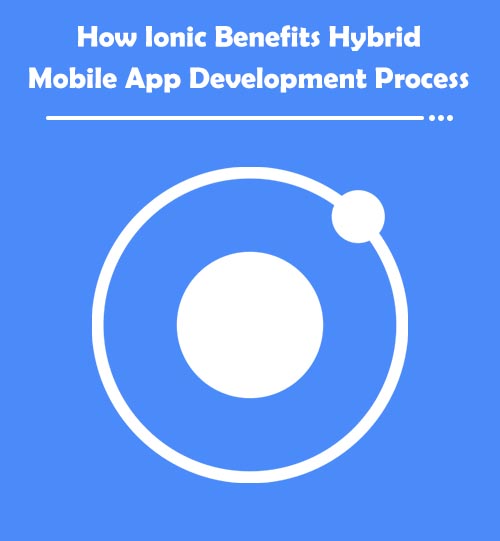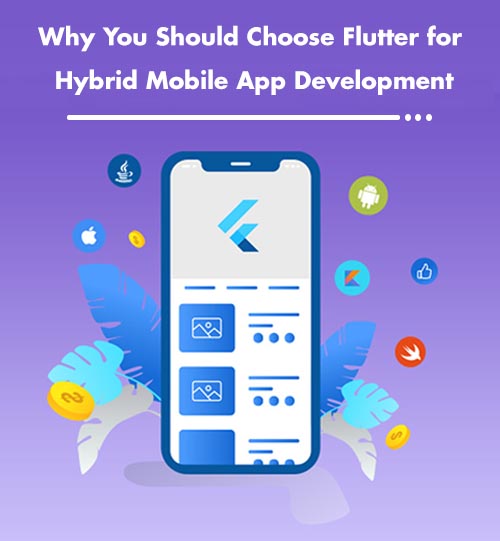Ionic is an open-source framework used for creating hybrid apps that utilize a mobile platform’s Webview. These apps offer various advantages over native apps in terms of speed, cost, and platform support. The framework has facilitated the development of hybrid apps as they are written using HTML, CSS, and JavaScript. Besides, it is deemed as a UI framework that handles UI interactions of apps with support of native mobile components and elegant designs. Thus, we can say that Ionic emphasizes UI interactions and the look as well as the feel of the app.
Ionic also provides themes and components that allow hybrid mobile app developers to create apps having an intuitive and interactive user interface (UI). The framework offers both light and dark themes for mobile apps. And its features include typography, an extensible base theme, mobile components, and interactive paradigms that improve the app’s functionality. An Ionic app is developed through the Ionic command line (CLI) and requires a native wrapper like Cordova to operate as a native application. Also, the Ionic CLI comes with a built-in development server.
Why You Should Opt Ionic for Hybrid App Development Services
Easy to Adopt
Developing hybrid apps using Ionic is way easier if a developer has profound HTML, CSS, and JavaScript expertise. Besides, they can easily switch to Ionic if you need a quick and interactive app for your business.
Cross-Platform App Development
Ionic supports Android, iOS, and Universal Windows Platform (UWP) for creating a cross-platform app using the same code. Thus, it requires less programming, effort, resources to develop an app that runs seamlessly on multiple platforms, and have a unified look and feel.
Built on AngularJS
Ionic uses AngularJS, a widely used structure framework, to provide multiple functionalities using which designers can integrate appealing components into the app. Using AngularJS, Ionic also offers a robust structure that facilitates code management and improves the performance of hybrid apps.
User Interface
Ionic has multiple default CSS and JS components that cover the majority of requisites for hybrid mobile app development. These components include shape inputs, routes, tabs, sliding menus, sliding boxes, and more. The default styles are basic and smooth, and developers can redo them by adding pre-defined CSS classes to the component.
Utilizes Cordova Plugins
Ionic uses Cordova plugins to allow hybrid mobile app developers to access various components and features like GPS, Camera, Flashlight, and more. Such plugins help in building an app that can reach its maximum working capacity by using one or more of these features of an operating system.
Easy Testing
Testing a hybrid app is far easier with Ionic. QA engineers can test it on a desktop browser or even perform simulator testing for both Android and iOS using Cordova commands. Testing can even be done with a mobile browser or safari in iOS devices. Besides, they can directly test the app on the actual platform to get an idea of how the app would run.
Huge Community
Understanding the Ionic capabilities to get the most of the framework is the most challenging part while developing a hybrid app. However, Ionic has a huge community of active technology experts who help developers understand the framework’s ins and outs and provide solutions to every problem they face. Also, they keep on posting about the framework, Angular, and other related subjects on various forums to educate people in the best possible way.
Final Words
Ionic is an excellent framework for developing basic native functionalities within an app that operates across various operating systems. The framework also expedites the hybrid mobile app development process and reduces the need for maintenance. So, if you want to develop a quick app using Ionic, and make a statement in the market, invest in our hybrid app development services. Our experts have profound expertise in building high-performance hybrid apps using Ionic and technologies like HTML, CSS, and JavaScript.






